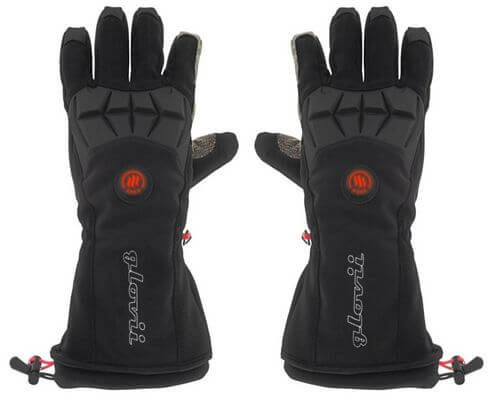When the cold winter months arrive, keeping our hands warm and protected becomes a top priority. A crucial aspect of choosing the right winter gloves lies in selecting the best materials. With numerous options available, it’s important to understand the unique properties of each material to ensure optimal comfort and insulation.
In this article, we will delve into the world of winter glove materials and highlight the top contenders for battling the chill.
Wool: Timeless Warmth and Insulation
Wool is a classic choice for winter gloves due to its excellent insulation properties. Natural wool fibers trap heat and provide exceptional warmth, even in freezing temperatures. Additionally, wool can retain warmth even when damp, making it ideal for snowy or wet conditions. Look for gloves with a high percentage of wool for maximum comfort.
Cashmere: Luxurious Softness and Heat Retention
Cashmere is renowned for its luxurious feel and exceptional warmth. Derived from the soft undercoat of cashmere goats, this material offers superior insulation while maintaining a lightweight and comfortable fit. Cashmere gloves are an excellent choice for those seeking elegance without compromising on functionality.
Fleece: Softness and Moisture-Wicking Abilities
Fleece gloves have gained immense popularity in recent years due to their softness and moisture-wicking capabilities. Made from synthetic fibers, fleece provides excellent insulation while effectively managing moisture, keeping your hands dry and comfortable. Moreover, fleece gloves are typically lightweight and offer a great range of motion.
Thinsulate™: Advanced Insulation Technology
Developed by 3M, Thinsulate™ is a cutting-edge synthetic material specifically designed for cold-weather protection. Its microfiber structure traps air molecules, providing outstanding warmth without adding bulk to the gloves. Thinsulate™ gloves offer exceptional dexterity and are perfect for activities that require precision and flexibility.
Gore-Tex®: Waterproof and Breathable
For winter gloves that can withstand wet conditions, Gore-Tex® is a top choice. Known for its waterproof and breathable properties, this material effectively keeps your hands dry while allowing moisture to escape. Gore-Tex® gloves are particularly beneficial for outdoor activities like skiing, snowboarding, and hiking.
Leather: Durability and Style
Leather gloves are a timeless option that offers both durability and style. While leather alone may not provide sufficient insulation in extreme cold, it can be lined with materials like cashmere or fleece to enhance warmth. Leather gloves also offer excellent grip and are resistant to wear and tear, making them a reliable choice for everyday winter wear.
Down: Lightweight and Exceptional Warmth
Down-filled gloves are renowned for their exceptional warmth-to-weight ratio. The fine feathers found underneath the outer feathers of birds, such as geese or ducks, are used to create down insulation. These gloves are lightweight, compressible, and offer excellent heat retention, making them ideal for extremely cold conditions.
Conclusion
Selecting the best material for your winter gloves is essential to ensure your hands stay warm and comfortable throughout the chilly season. Whether you opt for the classic warmth of wool, the luxury of cashmere, the softness of fleece, or the advanced insulation of Thinsulate™, each material offers unique benefits for different needs and preferences.
Consider the activities you’ll be engaged in, the temperature range you’ll face, and your personal style when choosing the perfect winter gloves. Stay cozy, stay protected, and enjoy the winter wonderland with the right pair of gloves.

For over 12 years, I have been testing and reviewing heating technologies that overcome cold weather conditions. In recent years, I have specialized in the heated apparel. I’ve made it my mission to educate people about heated clothing.
